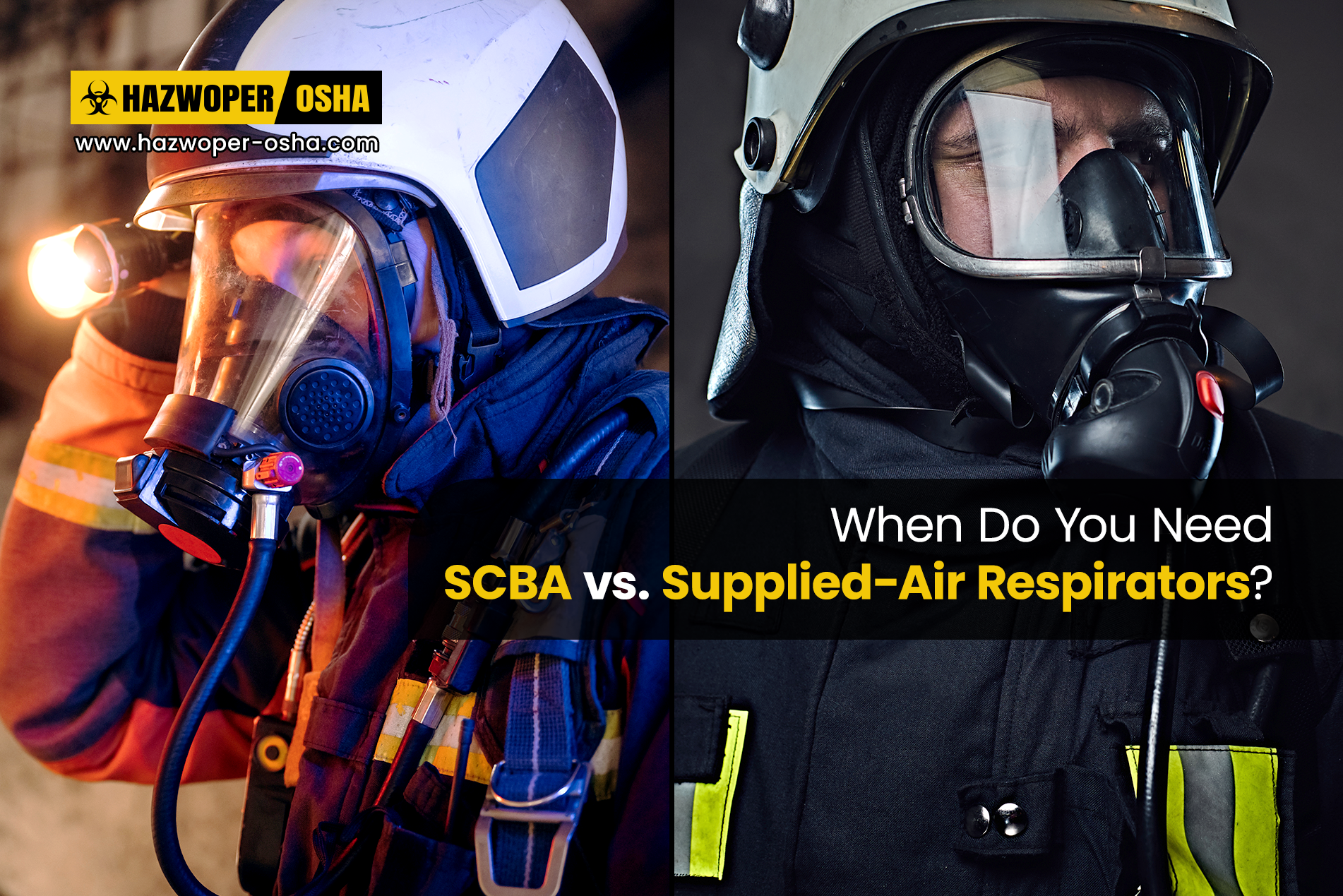OSHA Inspection Process – An Overview
Season’s Greetings! As You Deck the Halls This Season, Be "Fire Smart”

Source: Occupational Safety and Health Administration
The Occupational Safety and Health Administration (OSHA) has jurisdiction over approximately 7 million worksites. OSHA is committed to strong, fair, and effective enforcement of safety and health requirements and standards to help employers and workers reduce on-the-job hazards and prevent injuries, illnesses, and fatalities in the workplace. Normally OSHA conducts inspections without advance notice. However, employers have the right to require compliance officers to obtain an inspection warrant before they are allowed to enter the worksite.
Complaints received by OSHA are prioritized for inspection based on their severity. For lower-priority hazards, OSHA may telephone the employer (with the permission of the complainant) to describe the agency’s safety and health concerns. The employer may respond in writing within 5 days specifying any problems that have been identified and the corrective measures planned or implemented. If the response is adequate and the complainant is satisfied, OSHA does not usually conduct an on-site inspection.
In other cases, for serious violations of OSHA’s safety and health standards, OSHA inspectors conduct an on-site inspection. Violations are categorized as willful, serious, other-than-serious, de minimis, failure to abate, and repeated. When an inspector finds violations of OSHA standards or serious hazards, OSHA may issue citations and penalties. When OSHA issues a citation to an employer, it also offers the employer a time period of 15 working days after receipt of citations and proposed penalties to formally contest the alleged violations and/or penalties by sending a written notice to the Area Director.
After all OSHA’s primary goal is eliminating hazards, maintaining compliance, and ensuring a safe and healthful workplace for workers, rather than issuing citations or collecting penalties.

 EN |
EN |  ES
ES


























































































































